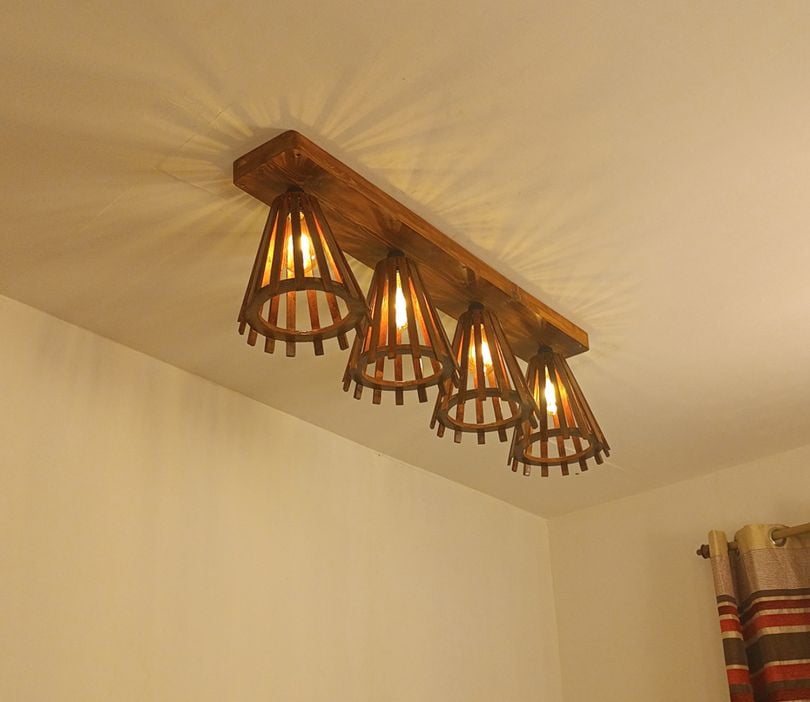Lighting plays a crucial role in defining the ambiance and functionality of a space. When selecting ceiling lights, the choice often comes down to LED lights versus traditional lighting options such as incandescent or fluorescent bulbs. Understanding the differences in energy efficiency, durability, aesthetics, and cost can help you make an informed decision.
Energy Efficiency
One of the primary advantages of LED ceiling lights is their superior energy efficiency. LEDs consume significantly less electricity than traditional incandescent bulbs, converting most of their energy into light rather than heat. On the other hand, incandescent bulbs waste a considerable amount of energy as heat, making them less efficient. Fluorescent bulbs offer better efficiency than incandescent options but still fall short compared to LED lighting.
Lifespan and Durability
LED lights are designed to last much longer than traditional bulbs. While incandescent bulbs typically last around 1,000 hours and fluorescent bulbs can last up to 10,000 hours, LED lights can operate for 25,000 to 50,000 hours. This longevity reduces the frequency of replacements and lowers maintenance costs over time. Additionally, LEDs are more durable, as they do not have fragile filaments or glass components, making them resistant to vibrations and shocks.
Lighting Quality and Aesthetics
When it comes to brightness and color options, LED ceiling light provides a broader spectrum. They are available in various color temperatures, from warm white to cool white, allowing you to customize the lighting atmosphere according to your preferences. Traditional lighting, especially incandescent bulbs, offers a warm, natural glow but lacks the versatility of LEDs. Fluorescent bulbs, while efficient, may produce a harsh and less visually appealing light.
Cost Considerations
The initial cost of LED ceiling lights tends to be higher than that of traditional incandescent or fluorescent bulbs. However, the long-term savings on electricity bills and reduced replacement costs make LEDs a cost-effective investment. Traditional bulbs may be cheaper upfront, but their shorter lifespan and higher energy consumption lead to higher expenses in the long run.
Environmental Impact
LED lights are environmentally friendly as they consume less energy and have a longer lifespan, reducing waste and carbon emissions. Unlike fluorescent bulbs, which contain mercury and require special disposal, LEDs do not contain hazardous materials, making them safer for the environment. Incandescent bulbs, due to their inefficiency and shorter lifespan, contribute significantly to waste and energy consumption.
Which One Should You Choose?
The choice between LED and traditional ceiling lights ultimately depends on your priorities. If energy efficiency, durability, and long-term cost savings are important to you, LED lights are the ideal choice. However, if you prefer the warm glow of incandescent bulbs or need a more affordable initial investment, traditional lighting may still be a consideration.
For homeowners and businesses looking to upgrade their ceiling lights, investing in LED lighting is a smart decision. With their advanced technology, energy savings, and superior performance, LED ceiling lights offer a modern and sustainable lighting solution that enhances both aesthetics and functionality.





Comments